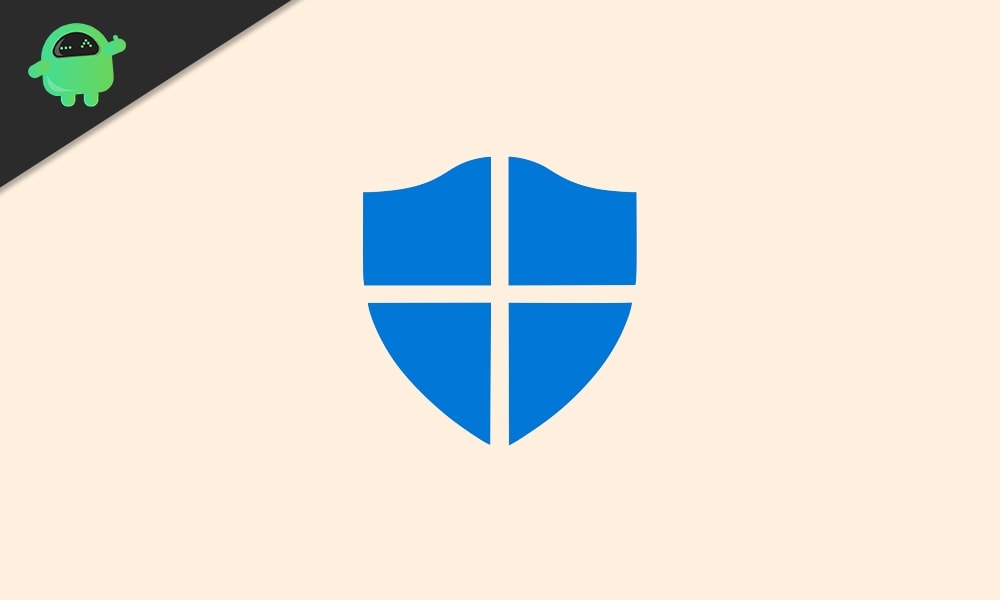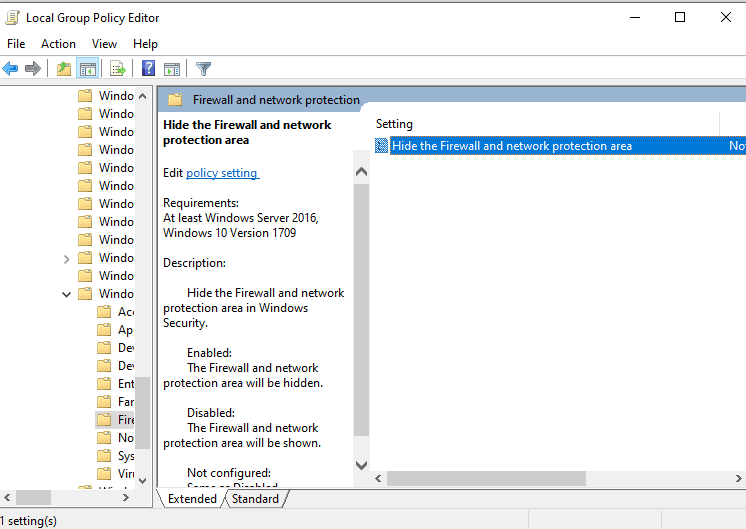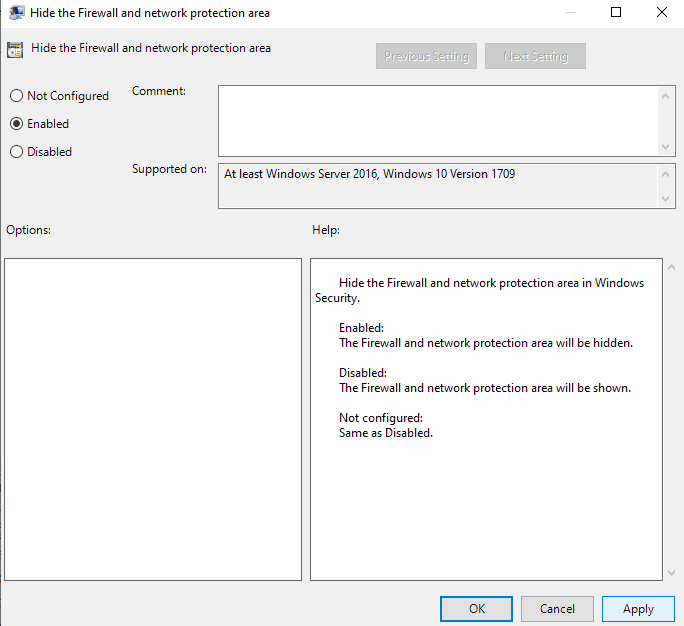Windows 10 version 1703 brought with it new features in terms of security for a Windows device. This includes the addition of Windows Defender Antivirus in the Windows security section. So now Windows users don’t need a third-party antivirus program anymore. All they need is the latest version of Windows installed on their system. Having the latest version of Windows will mean the Windows defender antivirus program will have the latest definitions.
Having the latest definitions means protection against all kinds of malware (malicious software), viruses, and security threats. Whenever you download a file or install a program on your computer, the Windows Defender antivirus will scan that file, and it will provide real-time protection to your system. The Windows Security Center can control this Windows Defender antivirus program. It will also contain device-related details as to when was the last time the system was scanned, whether or not the antivirus definitions are up to date, and what is the device’s performance and health results. In this article, we will see one of the areas included in the window security center, Firewall & network protection.

What is Firewall & Network Protection in Windows Security Center, and how to hide it?
Firewall & Network Protection is a part of the Windows Security Center that maintains and manages the Windows Defender antivirus settings and keeps an eye on the connected network and internet connections. This is not the only thing that is included in the Windows Security Center. We also have:
Virus & threat protection: It will monitor the system and check for any possible threats. It will run the malware scans from time to time, and it will also get updates regularly for detecting the new or latest threats.
Account protection: It allows users to protect their account information when they sign in to Microsoft. This provides added protection when it comes to setting up Windows Hello Face, Fingerprint, or PIN to log in to the device.
App & browser control: It protects the Windows user against potentially dangerous files, apps, sites, and downloads. It will monitor the sites you load up in your browser and provide additional protection in terms of exploit protection.
Device Security: This section is for giving users an insight into the security features that are built into a Windows system. It will provide users the status report of the device’s security while managing the different additional security features for enhanced protection.
Device performance & health: It will provide useful information and status about the device’s performance and health. This will also take care of Windows updates to ensure that you have the latest build of Windows running on your computer.
Family options: These are like parental controls, and they will help parents manage their children’s online experiences. It will do so by monitoring the other Windows devices in the household giving more control over what the other household members can access.
How to hide Firewall & Network Protection?
If multiple users have access to your system and don’t want these users to have your device’s security information when it comes to Firewall & Network Protection, you need to hide it. This is a built-in feature of the Windows Security Center, and it will take some tweaking to hide it. But once you have successfully done that, no user will see the Firewall & Network Protection tab in the Windows Security Center. It will stay hidden from everyone.
To hide this section of Windows Security Center, you need to use the Local Group Policy Editor.
- Press Windows key + R, and it will open up the Run dialog box.
- Enter “gpedit.msc” in the dialog box and click on Ok.
- Using the left pane in the group policy editor, navigate to “Computer Configuration > Administrative Templates > Windows components > Windows Defender Security Center > Firewall and network protection” in the local group policy editor window.
- If you are on a Windows build 17661 and later, navigate to “Computer Configuration > Administrative Templates > Windows components > Windows Security > Firewall and network protection” in the local group policy editor window.
- In the right pane now, you will see the “Hide the Firewall and network protection area” policy. Double click on it.

- Set the toggle to “Enabled,” click on Apply and then click on Ok.

- Then close the Local Group Policy Editor.
Now you can open up the Windows Security Center, and it won’t show the Firewall & Network Protection tab in it.
If you want this section to show in your Windows Security center again, follow the steps mentioned below.
- Press Windows key + R, and it will open up the Run dialog box.
- Enter “gpedit.msc” in the dialog box and click on Ok.
- Using the left pane in the group policy editor, navigate to “Computer Configuration > Administrative Templates > Windows components > Windows Defender Security Center > Firewall and network protection” in the local group policy editor window.
- If you are on a Windows build 17661 and later, navigate to “Computer Configuration > Administrative Templates > Windows components > Windows Security > Firewall and network protection” in the local group policy editor window.
- In the right pane now, you will see the “Hide the Firewall and network protection area” policy. Double click on it.
- Set the toggle to “Disabled” or “Not Configured,” click on Apply and then click on Ok.
This is how you can hide the Firewall & Network Protection in Windows Security Center. If you have any questions or queries about this article, then comment down below, and we will get back to you. Also, be sure to check out our other articles on iPhone tips and tricks, Android tips and tricks, PC tips and tricks, and much more for more useful information.
